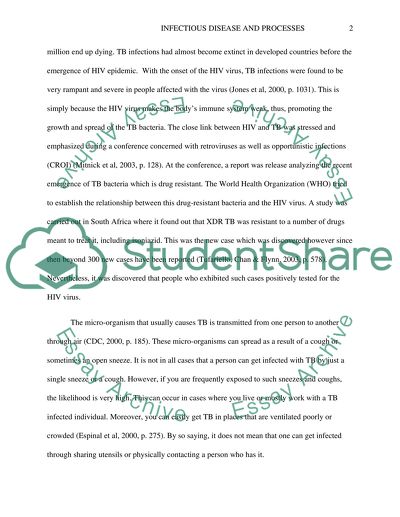Cite this document
(“Many microbial infections are described as opportunistic. What do you Essay”, n.d.)
Retrieved from https://studentshare.org/biology/1453119-many-microbial-infections-are-described-as
Retrieved from https://studentshare.org/biology/1453119-many-microbial-infections-are-described-as
(Many Microbial Infections Are Described As Opportunistic. What Do You Essay)
https://studentshare.org/biology/1453119-many-microbial-infections-are-described-as.
https://studentshare.org/biology/1453119-many-microbial-infections-are-described-as.
“Many Microbial Infections Are Described As Opportunistic. What Do You Essay”, n.d. https://studentshare.org/biology/1453119-many-microbial-infections-are-described-as.


